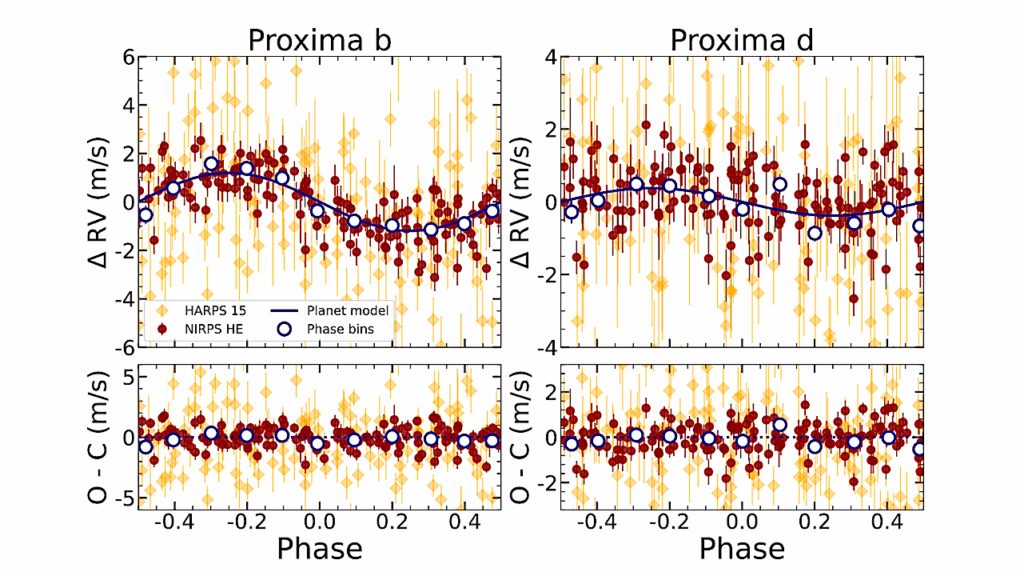SPY-NACO Imaging Survey for Planets around Young stars. The Demographics of Forming Planets Embedded in Protoplanetary Disks

We present the statistical analysis of a subsample of 45 young stars surrounded by protoplanetary disks (PPDs). This is the largest imaging survey uniquely focused on PPDs to date.
Our goal is to search for young forming companions embedded in the disk material and to constrain their occurrence rate in relation to the formation mechanism. We used principal component analysis based point spread function subtraction techniques to reveal young companions forming in the disks. We calculated detection limits for our datasets and adopted a black-body model to derive temperature upper limits of potential forming planets. We then used Monte Carlo simulations to constrain the population of forming gas giant companions and compare our results to different types of formation scenarios.
Our data revealed a new binary system (HD38120) and a recently identified triple system with a brown dwarf companion orbiting a binary system (HD101412), in addition to 12 known companions. Furthermore, we detected signals from 17 disks, two of which (HD72106 and TCrA) were imaged for the first time. We reached median detection limits of L =15.4 mag at 2.0 arcsec, which were used to investigate the temperature of potentially embedded forming companions. We can constrain the occurrence of forming planets with semi-major axis a in [20 – 500] au and Teff in [600 – 3000] K, in line with the statistical results obtained for more evolved systems from other direct imaging surveys.
The NaCo-ISPY data confirm that massive bright planets accreting at high rates are rare. More powerful instruments with better sensitivity in the near- to mid-infrared are likely required to unveil the wealth of forming planets sculpting the observed disk substructures.
Gabriele Cugno, Timothy D. Pearce, Ralf Launhardt, Markus. J. Bonse, Jie. Ma, Thomas Henning, Andreas Quirrenbach, Damien Ségransan, Elisabeth C. Matthews, Sascha P. Quanz, Grant M. Kennedy, André Müller, Sabine Reffert, Emily L. Rickman
Comments: 25 pages, 16 figures, 3 tables, accepted for publication in A&A
Subjects: Earth and Planetary Astrophysics (astro-ph.EP); Solar and Stellar Astrophysics (astro-ph.SR)
Cite as: arXiv:2211.15434 [astro-ph.EP] (or arXiv:2211.15434v1 [astro-ph.EP] for this version)
https://doi.org/10.48550/arXiv.2211.15434
Focus to learn more
Submission history
From: Gabriele Cugno
[v1] Mon, 28 Nov 2022 15:20:23 UTC (3,116 KB)
https://arxiv.org/abs/2211.15434
Astrobiology








